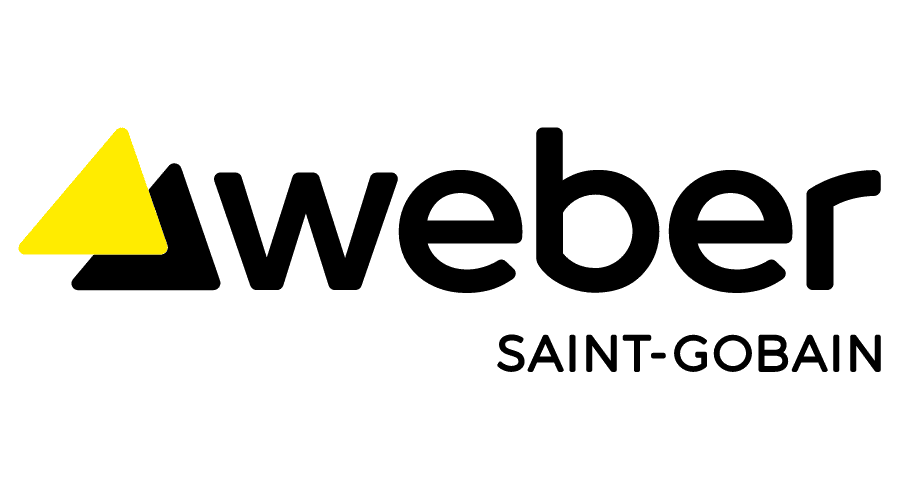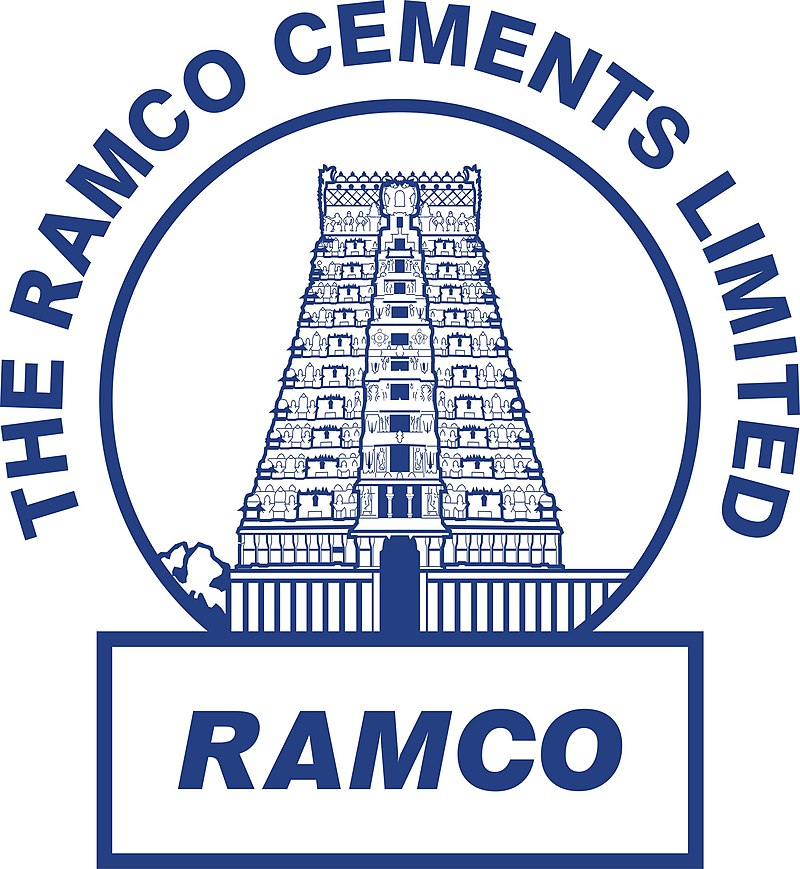Grouting Solutions
Description
Ready-mix plaster is a factory-prepared blend of carefully selected materials, such as cement, aggregates, and specific additives, designed to provide a consistent and high-quality end product for plastering walls and ceilings. The composition of ready-mix plaster ensures it delivers excellent bonding to the base surface, whether it is bricks, blocks, or concrete, and provides a smooth, durable finish once applied and dried.
This product is particularly valued for its time-saving and quality-assuring characteristics, as it eliminates the need for on-site mixing of individual components, thereby reducing the possibility of human error and ensuring uniformity across applications. It is supplied in dry form and requires only the addition of water in specified proportions before it is ready to be applied, making it highly convenient and user-friendly.
Ready-mix plaster can be engineered for various requirements, including different types of finishes (smooth, textured, etc.), and enhanced properties like improved moisture resistance, quicker setting times, and increased durability. The additives included in the mix can also help in reducing the potential for cracks, improving adhesion, and ensuring long-term stability and aesthetics of the plastered surfaces. The application of ready-mix plaster is straightforward, involving the preparation of the surface, mixing the plaster with water, and then applying it using standard plastering tools. It is suitable for both new constructions and renovation projects, offering an efficient and reliable solution for achieving professional-quality plastering results.
Composition
Normal Plaster: Typically consists of cement and sand in a specific ratio, mixed on-site. The quality and proportions of the materials can vary depending on the source and the person mixing it. Ready-Mix Plaster: A pre-mixed formula that includes cement, sand, and various additives designed to improve the plaster's performance. These additives can enhance workability, setting time, adhesion, and durability.
Preparation
Normal Plaster: Requires on-site mixing of cement, sand, and water. The consistency and quality can vary depending on the skill of the labor and conditions at the mixing location. Ready-Mix Plaster: Comes pre-mixed, requiring only the addition of water in a specified ratio. This ensures consistent quality and reduces the chance of human error in mixing. Time and Labor: Normal Plaster: Mixing plaster on-site is time-consuming and labor-intensive. It also requires space for the storage of raw materials and mixing. Ready-Mix Plaster: Saves time and labor as it eliminates the need for on-site mixing. It is also cleaner and reduces the need for storage space for raw materials.
Wastage
Normal Plaster: On-site mixing can lead to material wastage due to inaccuracies in mixing ratios and potential spoilage of unused mixed plaster. Ready-Mix Plaster: Reduces wastage as it is mixed in precise quantities and used as needed, with minimal spoilage. Quality and Consistency: Normal Plaster: The quality can vary due to differences in the raw materials and mixing ratios. Achieving consistency across multiple batches can be challenging. Ready-Mix Plaster: Offers high consistency and quality control since it is mixed under controlled conditions with standardized ratios of all ingredients. Performance and Additives: Normal Plaster: May not include performance-enhancing additives unless manually added during the mixing process, which can be inconsistent. Ready-Mix Plaster: Formulated with specific additives that improve performance, such as reducing cracking, enhancing adhesion, and increasing durability. Cost: Normal Plaster: Initially may seem less expensive due to the basic cost of raw materials. However, the total cost can be higher when considering labor, time, and potential wastage. Ready-Mix Plaster: Might have a higher upfront cost per bag compared to raw materials, but can be more cost-effective when factoring in reduced labor, time savings, and minimal wastage. In summary, ready-mix plaster offers advantages in terms of quality, consistency, time, and labor savings, making it a preferred choice for many construction projects despite potentially higher initial costs. Traditional plaster, while more customizable on-site, requires skilled labor and careful management to achieve consistent results.
Technical Parameters
Compressive Strength: Measures the plaster's ability to withstand loads without failure. Higher compressive strength indicates a stronger plaster that can support more weight.
Workability: Refers to the ease with which plaster can be applied to surfaces. Good workability means the plaster can be easily spread and smoothed.
Setting Time: The time it takes for the plaster to start and finish setting. This affects how quickly work can proceed after plastering.
Water Retention: The ability of the plaster to retain water, which affects its curing process and final strength. Good water retention helps in achieving a durable and crack-free finish.
Adhesion Strength: Indicates how well the plaster adheres to the underlying surface. Higher adhesion strength reduces the risk of plaster peeling off or cracking.
Flexural Strength: The ability of the plaster to resist bending stresses. This is important for the plaster's durability and resistance to cracking under load
Density: Affects the thermal and acoustic insulation properties of the plaster. Lower density plasters are generally better insulators but may have lower strength.
Fineness: The size of the particles in the plaster mix. Finer particles can produce a smoother finish but may require more water, affecting the mix's strength.
Thermal Conductivity: Indicates how well the plaster conducts heat. Lower thermal conductivity means better insulation properties.
Permeability: The ability of the plaster to allow water vapor to pass through. Lower permeability can improve moisture resistance but may also affect breathability.
For traditional plaster, these parameters can vary significantly based on the mix ratio, the quality of the materials (cement, sand, etc.), and the application technique. On-site adjustments and experience play a crucial role in managing these properties.
For ready-mix plaster, manufacturers typically provide technical datasheets that specify these parameters. The formulation is engineered to meet certain standards, ensuring consistency and predictability in performance. Ready-mix plasters are designed to offer optimal performance with minimal on-site adjustment, simplifying the construction process and ensuring quality outcomes.
When selecting plaster, it's essential to consider the specific requirements of your project, including strength, durability, finish, and environmental conditions, and choose a product that meets those needs while also considering ease of use and overall cost.
Certifications and Standards
In India, certifications for construction materials, including ready-mix plasters, are primarily issued to ensure that these materials meet specific quality and safety standards. The certifications help in assuring consumers and professionals in the construction industry of the product's reliability and compliance with Indian standards. For ready-mix plasters, the relevant certifications and standards include:
IS Code Compliance: The Bureau of Indian Standards (BIS) issues IS (Indian Standard) codes that specify the quality and performance criteria for various construction materials. For ready-mix plasters, compliance with the relevant IS codes (such as IS 1542 for sand for plaster, IS 269 for ordinary Portland cement, and any specific codes related to additives used in the plaster) is essential.
ISO Certifications: Manufacturers of ready-mix plasters may also obtain ISO (International Organization for Standardization) certifications for their quality management systems, such as ISO 9001. This certification demonstrates that the manufacturer has a systematic approach to ensuring product quality and consistency.
Green Building Certifications: Products that contribute to sustainable construction practices can be certified under green building standards, such as the Indian Green Building Council (IGBC) or Green Rating for Integrated Habitat Assessment (GRIHA). These certifications evaluate the environmental impact of construction materials, including energy efficiency, resource conservation, and indoor environmental quality. Ready-mix plasters with low VOC (Volatile Organic Compounds) content, high recyclability, and energy-efficient manufacturing processes can contribute to achieving green building certifications for projects.
Product-Specific Certifications: Some manufacturers may pursue product-specific certifications that attest to the plaster's performance characteristics, such as durability, moisture resistance, and adhesion strength. These certifications are often conducted by independent testing laboratories or certifying agencies.
It is important for consumers and professionals to verify the certifications claimed by manufacturers. Certifications should be current and relevant to the specific product being used. Additionally, adherence to local building codes and regulations, as well as manufacturer guidelines for application and use, is crucial for ensuring the safety, durability, and performance of ready-mix plasters in construction projects.
Applictions and Methods of Ready Mix Plaster
The application of ready-mix plaster can be broadly categorized into manual and mechanical methods. Both methods aim to achieve a uniform, smooth finish, but they vary in terms of efficiency, labor requirement, and suitability for different project scales. Here is a breakdown of the application methods for ready-mix plaster:
Manual Application Methods
Surface Preparation: Ensure the surface to be plastered is clean, free from dust, grease, or any loose material. Pre-wet the surface before applying the plaster to prevent it from absorbing water from the plaster mix, which can lead to poor adhesion.
Mixing: Follow the manufacturer's instructions to mix the ready-mix plaster with the correct amount of water. Use a clean container and mixing tool to achieve a homogenous mix. Allow the mixture to rest for a few minutes if recommended by the manufacturer.
Application: Apply the first coat of plaster using a trowel. Spread it evenly across the surface, maintaining the recommended thickness (usually between 10-15mm for walls). Once the first coat has slightly hardened but is still moist, scratch it to provide a key for the second coat (if a second coat is needed). After the first coat has set, apply the second coat (if applicable) to achieve the desired thickness and smoothness. Leveling and Finishing: Use a straight edge or level to ensure the plaster is evenly applied across the surface. Smooth the surface with a trowel or float to achieve the desired finish. Cure the plaster as recommended by the manufacturer, typically by lightly misting water over the plastered surface for a few days. Mechanical Application Method:
Surface Preparation: Similar to manual application, ensure the surface is clean and pre-wetted if necessary. Mixing: Ready-mix plaster can be mixed using a mechanical mixer to achieve a consistent mix efficiently. Application: The mixed plaster is fed into a plastering machine, which pumps the plaster through a hose to a spray gun. The plaster is then sprayed onto the surface in even layers, maintaining the recommended thickness. Mechanical application allows for faster coverage of large areas and reduces labor effort.
Leveling & Finishing
After spraying, the plaster is leveled and finished using traditional tools like trowels and floats to achieve the desired surface texture. The plaster must be cured as recommended to ensure durability and adhesion.
Factors to Consider
Project Size: Mechanical application is more suited for large-scale projects due to its efficiency, while manual application might be more economical for smaller projects. Skill Level: Manual application requires skilled labor to achieve a high-quality finish, whereas mechanical application can reduce the skill level required for applying the plaster.Project Size: Mechanical application is more suited for large-scale projects due to its efficiency, while manual application might be more economical for smaller projects.
Skill Level: Manual application requires skilled labor to achieve a high-quality finish, whereas mechanical application can reduce the skill level required for applying the plaster.
Cost: Mechanical application involves additional costs for equipment and setup but can offer savings in labor and time for larger projects. Choosing the appropriate application method depends on the project requirements, budget, and available resources. Regardless of the method, following the manufacturer's instructions and best practices is crucial for achieving optimal results.









